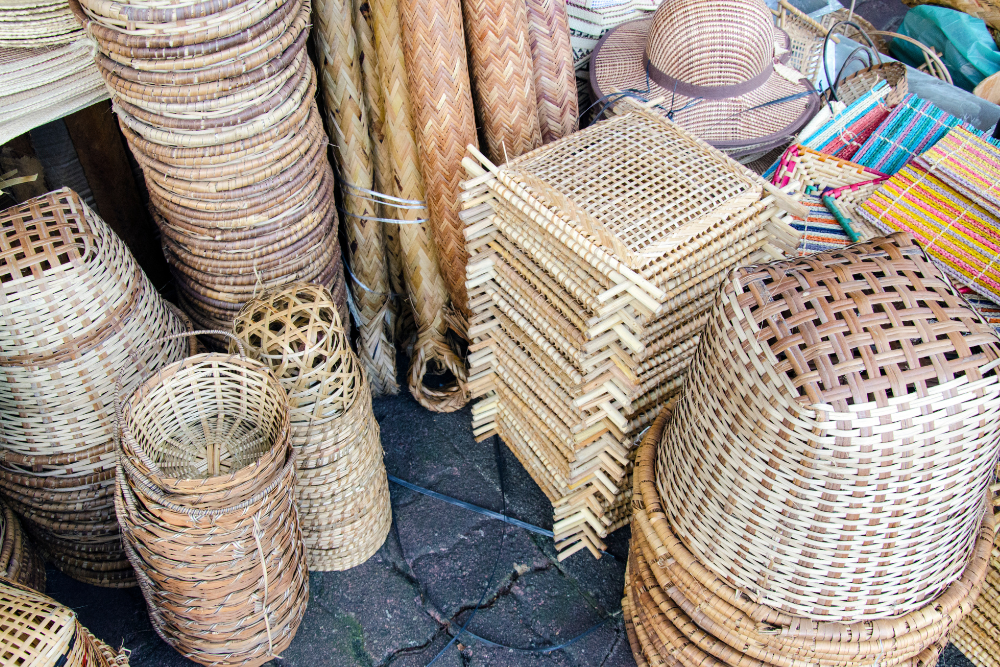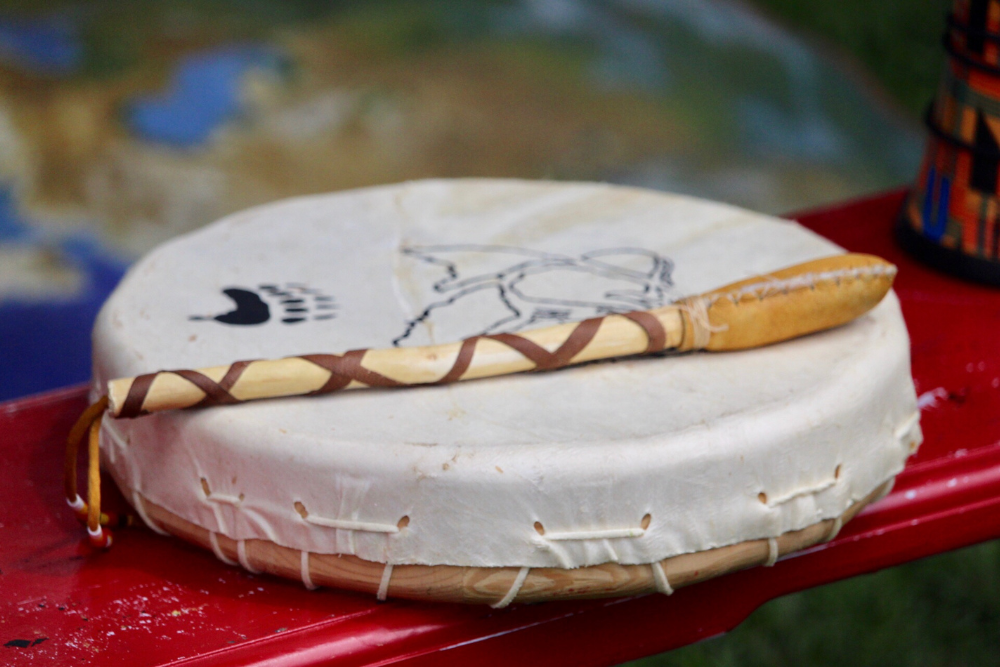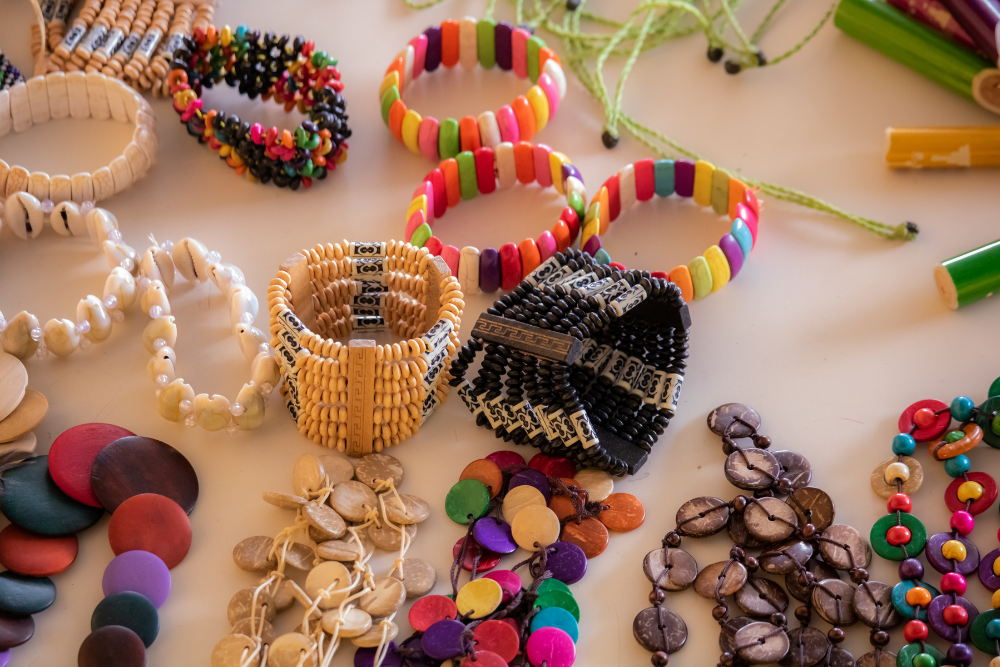Australia’s Indigenous cultures are among the oldest continuous cultures in the world, with rich traditions that span tens of thousands of years. The Indigenous people of Australia, including Aboriginal and Torres Strait Islander peoples, have developed a deep connection to the land, which is reflected in their art, music, storytelling, and spiritual beliefs. Exploring Indigenous art and culture is not only a way to understand Australia’s history but also a means to engage with the living traditions that continue to shape the country today.
1. The Significance of Indigenous Art

Indigenous Australian art is incredibly diverse, with each region and community having its own distinct styles, techniques, and symbols. It serves as a powerful form of storytelling, passed down through generations to communicate important cultural knowledge, history, and spirituality. Indigenous art is more than just a visual expression; it holds deep spiritual meaning, representing the connection between the people, their ancestors, and the land.
- Dot Painting: One of the most internationally recognized styles of Aboriginal art is dot painting, which originates from the central and western desert regions. This technique uses a series of dots to create intricate patterns and landscapes, with each dot holding symbolic significance. Artists often use this style to tell Dreamtime stories (mythological narratives) and map out ancestral paths or sacred sites.
- X-Ray Art: Commonly found in Northern Australia, X-ray art depicts the internal organs of animals and humans, highlighting the spiritual connection between the two. These paintings are often found in rock art sites, with images of kangaroos, fish, and other animals displayed in vibrant colors.
- Bark Painting: In the northern regions, bark painting is a traditional form of art where Indigenous artists use the bark of trees as their canvas. These paintings often depict animals, people, or Dreamtime stories. This style is closely tied to the land, as the materials are sourced directly from the environment.
- Weaving and Sculpture: In addition to painting, weaving and sculpture are significant forms of Indigenous art. Torres Strait Islander communities, for example, are known for their intricate weaving techniques used to create baskets, mats, and ceremonial items. Wooden carvings and sculptures are also created to represent spiritual beings and the stories of the ancestors.
2. The Role of Dreamtime in Indigenous Culture

Dreamtime (or the Dreaming) is the foundation of Indigenous spirituality and culture. It refers to the time when ancestral beings created the world, shaping its landscapes, plants, animals, and people. Dreamtime stories are the core of Indigenous cosmology, explaining the origins of the world and the laws that govern life. These stories are passed down through generations and are integral to Indigenous art and performance.
The Dreaming connects the past, present, and future, as the spiritual realm exists in parallel with the physical world. Indigenous artists use their works to represent these stories, which are not only visual expressions but also acts of cultural preservation. By creating art, artists continue to honor their ancestors and ensure that their culture remains vibrant.
3. Art Centers and Cultural Experiences

Australia has a number of Indigenous art centers, galleries, and cultural experiences where visitors can engage with the art, culture, and stories of Indigenous peoples. These institutions provide opportunities for both education and firsthand engagement with Indigenous artists and cultural practitioners.
- The National Gallery of Australia (NGA): Located in Canberra, the NGA has an extensive collection of Indigenous Australian art. The collection includes both traditional and contemporary works, highlighting the diversity of Indigenous art practices.
- The Art Gallery of New South Wales (AGNSW): AGNSW features a range of Indigenous art exhibitions, often showcasing the work of both established and emerging Aboriginal and Torres Strait Islander artists. The gallery offers various educational programs and events to promote understanding of Indigenous culture.
- Papunya Tula Artists: This cooperative, based in the remote community of Papunya in Central Australia, is one of the most famous art groups in Australia. The cooperative helped introduce dot painting to the world, and today it continues to support Aboriginal artists. Visitors can learn about the art and history of Papunya Tula at various galleries around Australia.
- Tjapukai Aboriginal Cultural Park: Located in Queensland, this park offers an immersive experience into Aboriginal culture, including performances, workshops, and interactive displays. Visitors can try their hand at painting, playing traditional instruments, and learning about Dreamtime stories.
- The Torres Strait Islands: Visiting the Torres Strait Islands offers a unique opportunity to experience the art, music, and culture of the Torres Strait Islanders, who have distinct cultural practices from Aboriginal Australians. The islands feature local art exhibitions, cultural festivals, and heritage centers.
4. Indigenous Festivals and Cultural Events

Attending an Indigenous festival is an excellent way to experience the richness of Indigenous culture firsthand. These events celebrate traditional practices, music, dance, and art, providing insight into contemporary Indigenous life while honoring ancient customs.
- The Sydney Biennale: This international art festival often features works from Indigenous artists, providing a platform for contemporary Aboriginal and Torres Strait Islander art in the global art scene.
- NAIDOC Week: National Aboriginal and Islanders Day Observance Committee (NAIDOC) Week is an annual event held across Australia to celebrate the history, culture, and achievements of Aboriginal and Torres Strait Islander peoples. It includes art exhibitions, performances, and cultural workshops.
- The Darwin Festival: Held in the Northern Territory, this festival showcases Indigenous music, dance, and art. It brings together artists and performers from all over the country to celebrate the diversity of Aboriginal and Torres Strait Islander culture.
- The Garma Festival: This annual event takes place in Arnhem Land in the Northern Territory and celebrates the culture of the Yolŋu people. It features traditional dance, music, art exhibitions, and discussions on Indigenous issues.
5. Contemporary Indigenous Artists

While traditional Indigenous art continues to thrive, contemporary Aboriginal and Torres Strait Islander artists are pushing boundaries and gaining international recognition. These artists blend traditional techniques with modern concepts to create works that address contemporary issues while honoring their cultural heritage.
- Emily Kame Kngwarreye: One of Australia’s most famous Aboriginal artists, Kngwarreye’s work is known for its vibrant colors and abstract forms, which reflect the land and Dreamtime stories.
- Rover Thomas: A leading figure in the contemporary Aboriginal art movement, Thomas’s paintings focus on the landscapes of the Kimberley region and often incorporate his spiritual connection to the land.
- Bindi Cole: A Torres Strait Islander artist, Cole uses photography, video, and performance to address issues of identity, race, and spirituality.
- Richard Bell: A prominent Aboriginal artist, Bell’s work critiques the representation of Indigenous culture in mainstream media and art, using bold and provocative imagery to spark discussion.
Conclusion
Indigenous art and culture are central to Australia’s identity and heritage. From the vivid dot paintings of the central deserts to the dynamic music and dance of coastal communities, Indigenous culture offers a fascinating glimpse into the spiritual and cultural practices of the world’s oldest living cultures. Engaging with Indigenous art, learning about Dreamtime, and participating in cultural festivals are meaningful ways to honor and celebrate these rich traditions. By doing so, we not only connect with the past but also support the ongoing vitality and resilience of Indigenous cultures in Australia.












